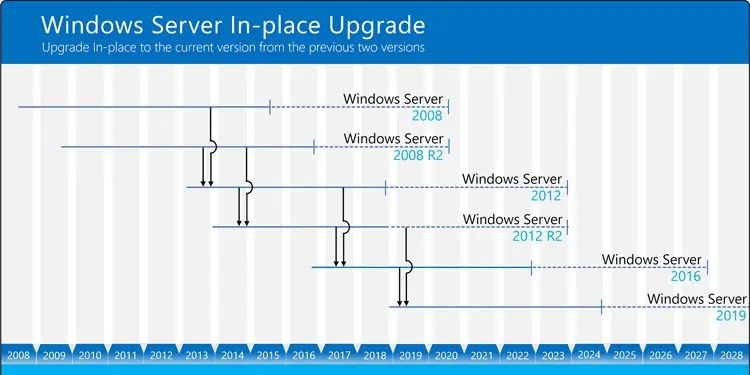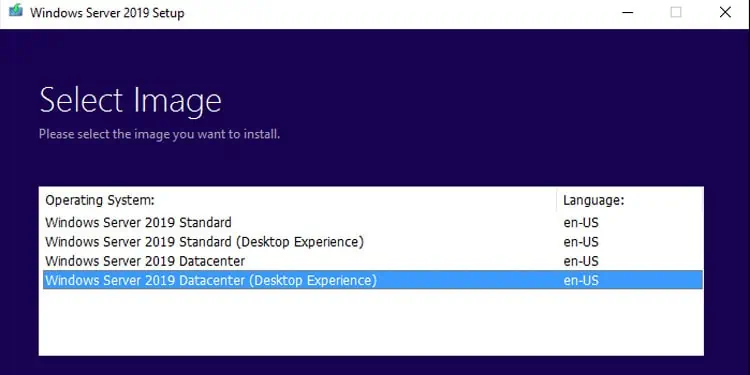The Windows Server 2012 R2End of Life deadline (2025-07-15)is almost here. After this date, Windows Server 2012 and 2012 R2 will stop receiving regular patches or critical security updates, making their security and compliance a serious concern.
As the upgrade process often takes upwards of a year, we urge users to not delay the transition any further. Microsoft recommends the latest upgradable version, which for Windows Server 2012 or 2012 R2, would beWindows Server 2019.
The article below discusses mainstream and extended support, end of support, what you should do if you have to keep using Windows Server 2012 / 2012 R2 past the end of life, and more.

What Is Extended Support? What does End of Support Mean?
Windows Server 2012 and 2012 R2 follow theFixed Lifecycle Policy, as per which Microsoft provides 5 years of Mainstream Support and 5 years of Extended Support.
A product receivesalltypes of updates and support during the Mainstream support period, whereas during the Extended Support period, itstops receiving non-security updates. After the Extended Support period ends, a product reaches the final phase i.e., End of Support.
If necessary, users can opt-in to a premium plan called Extended Security Update to keep receiving updates and support for up to 3 years after the Extended Support period ends. But for those not on this program, there will be no patches or security updates after the product reaches the End of Support.

The Mainstream Support phase refers to the first 5 years of a product’s life cycle. During this period, the product receives feature updates, security patches, and service packs. Users can also request non-security updates, incident support, or product feature changes.
The Extended Support phase refers to the latter 5 years of a product’s lifecycle. During this period, a product only receives security updates, and users can no longer request new design changes or non-security updates.
As stated, after a product reaches the End of Life phase, Microsoft will stop providing most forms of updates and support for it, making it a security risk.
For customers who are still in the upgrading process or those who need to keep using legacy products, Microsoft offers one final option: the Extended Security Update (ESU) program.
Extended Security Update (ESU)
ESU is basically a premium plan under which users will keep receiving critical security updates for up to3 yearsafter the Extended Support phase ends. If you choose to migrate to Azure, you’ll receive these updates for free.
But for those running Windows Server on-premises, you’ll need to purchase the Extended Security Updates annually. The cost for this will be a certain percentage of the cost of the latest Windows Server version, as shown in the table below.
Theupsideto this plan is that you won’t need to worry about your server’s security while you transition, and as you upgrade parts of your server, you won’t need to keep paying for it in the following year.